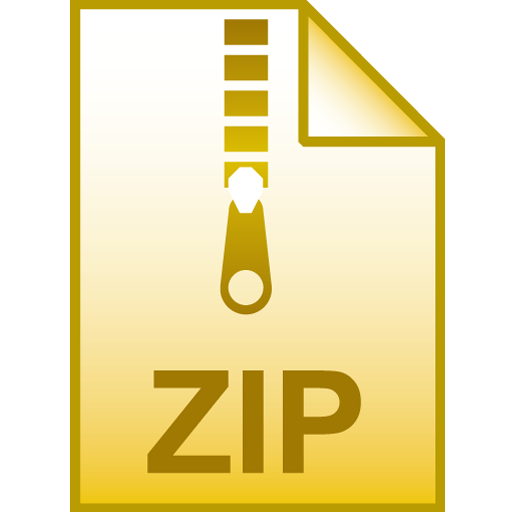| dc.contributor | Air Force Research Laboratory, AFRL/RXCM, Wright Patterson AFB, OH 45433 | en_US |
| dc.contributor | UES Inc, 4401 Dayton-Xenia Rd, Beavercreek, OH 45432 | en_US |
| dc.contributor | Exponent Inc, Atlanta, Georgia | en_US |
| dc.contributor | Srivatsa Consulting LLC, Cincinnati, Ohio | en_US |
| dc.contributor.author | Pilchak, Adam L. | |
| dc.contributor.author | Shank, Jared | |
| dc.contributor.author | Tucker, Joseph C. | |
| dc.contributor.author | Srivatsa, Shesh | |
| dc.contributor.author | Fagin, Patrick N. | |
| dc.contributor.author | Semiatin, Lee | |
| dc.contributor.other | [email protected] (Adam L. Pilchak) | en_US |
| dc.date.accessioned | 2016-03-16T17:34:41Z | |
| dc.date.available | 2016-03-16T17:34:41Z | |
| dc.identifier.citation | 10.1186/s40192-016-0056-1 | en_US |
| dc.identifier.uri | http://hdl.handle.net/11256/647 | |
| dc.identifier.uri | http://dx.doi.org/10.1186/s40192-016-0056-1 | |
| dc.description.abstract | Near-alpha titanium alloys are used for moderate-temperature applications in the early stages of the compressor in gas turbine engines. The quasi-static and fatigue properties of these alloys depend heavily on microstructure due to the absence of hard second phases and inclusions which can nucleate voids or cracks. Moreover, these alloys are known to exhibit a significant reduction in fatigue life when subjected to high mean stress or upon the application of dwell-fatigue cycles. Previous analysis has elucidated the microstructural features that drive these properties; the most important features are the volume fraction, size, and shape of clusters of similarly oriented alpha-particles, or microtextured regions (MTRs). To date, there have been few efforts to elucidate in a quantitative fashion the evolution of MTRs during thermomechanical processing (TMP). To meet this need, we have performed hot compression tests on Ti-6Al-2Sn-4Zr-2Mo-0.1Si (Ti6242Si) billet material with high-aspect-ratio MTRs at 0°, 45° and 90° to the direction of primary metal flow during manufacture (i.e., the billet axis), thoroughly characterized the initial and final microstructures, and quantified field variables via finite element method (FEM) process simulations for each experiment. These data can be used for a variety of purposes including the development, verification, and validation of models for microstructure/texture/microtexture evolution and defect formation. | en_US |
| dc.description.sponsorship | This work was performed as part of the inhouse research activities of the Air Force Research Laboratory’s Materials and Manufacturing Directorate. The support of laboratory management is greatly appreciated. Several of the authors (JS, JT, SS, PF) were supported through Air Force contract FA8650-10-D-5226 during the time this work was completed. | en_US |
| dc.relation | A.L. Pilchak, C.J. Szczepanski, J.A. Shaffer, A.A. Salem and S.L. Semiatin: Characterization of Microstructure, Texture, and Microtexture in Near-Alpha Titanium Mill Products, Metall. Mater. Trans. A, 44A, 2013, pp. 4881-4890. and T.R. Bieler and S.L. Semiatin, The origins of heterogeneous deformation during primary hot working of Ti-6Al-4V, International Journal of Plasticity, 2002, vol. 18, iss. 9, p. 1165-1189. | en_US |
| dc.relation.uri | http://www.immijournal.com/content/5/1/14 | en_US |
| dc.rights | CC0 1.0 Universal | * |
| dc.rights.uri | http://creativecommons.org/publicdomain/zero/1.0/ | * |
| dc.subject | titanium | en_US |
| dc.subject | microstructure | en_US |
| dc.subject | EBSD | en_US |
| dc.subject | texture | en_US |
| dc.subject | microtexture | en_US |
| dc.subject | process modeling | en_US |
| dc.title | A Dataset for the Development, Verification and Validation of Microstructure-sensitive Process Models in Near-alpha Titanium Alloys | en_US |
| dc.type | Dataset | en_US |
| dc.type | Image | en_US |




